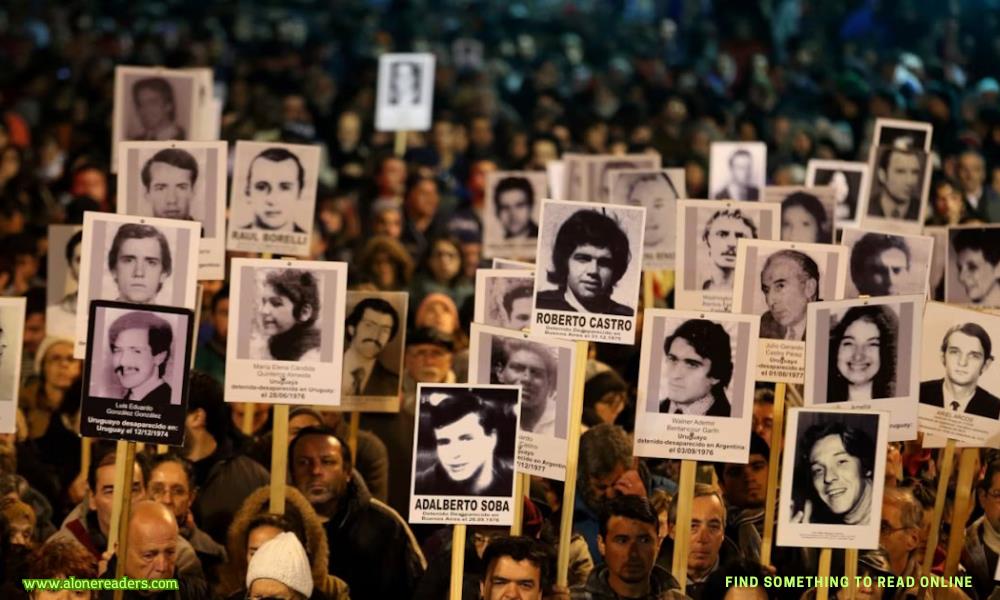
Operation Condor was a clandestine campaign orchestrated by right-wing dictatorships in South America during the 1970s and 1980s. This secretive alliance between military governments in Argentina, Chile, Uruguay, Paraguay, Bolivia, and Brazil was aimed at suppressing political opposition through coordinated efforts that transcended national boundaries. The operation is infamous for its widespread use of political repression, torture, enforced disappearances, and extrajudicial killings, resulting in the suffering and loss of thousands of lives.
The origins of Operation Condor can be traced back to the broader geopolitical landscape of the Cold War, where the United States and Soviet Union vied for global influence. The rise of leftist movements and governments in Latin America was viewed with suspicion and hostility by the United States, which feared the spread of communism in its backyard. In response, the US government supported right-wing coups and dictatorships across the region, providing them with financial aid, military training, and intelligence support. This backdrop of ideological conflict set the stage for the formation of Operation Condor.
In November 1975, high-ranking military officials from Argentina, Chile, Uruguay, Paraguay, and Bolivia convened in Santiago, Chile, to formalize their cooperation against perceived subversive threats. The meeting, hosted by Chilean dictator Augusto Pinochet, marked the official launch of Operation Condor. Brazil, although not a formal participant in the initial meeting, later joined the network, contributing its own intelligence and operational support. The primary objective of Operation Condor was to eliminate political opponents, including left-wing activists, intellectuals, students, trade unionists, and anyone deemed a threat to the existing regimes.
Operation Condor operated with ruthless efficiency and secrecy. The participating countries shared intelligence, coordinated abductions, and facilitated the transfer of detainees across borders. This cross-border collaboration allowed the dictatorships to track down and apprehend exiled dissidents who sought refuge in neighboring countries. The network's reach extended beyond South America, with documented cases of Condor operations in Europe and the United States. The systematic nature of these actions ensured that no dissident was safe, regardless of where they fled.
The methods employed by Operation Condor were brutal and inhumane. Victims were often kidnapped in broad daylight, subjected to intense torture, and held in clandestine detention centers. These centers, scattered across participating countries, became synonymous with human rights abuses. Detainees were subjected to electric shocks, waterboarding, beatings, and other forms of physical and psychological torture. Many were never seen again, their fates sealed in unmarked graves or dumped into the ocean. The use of enforced disappearances served as a chilling tactic to instill fear and maintain control over the populace.
One of the most notorious aspects of Operation Condor was the coordinated assassination campaigns targeting high-profile opponents of the regimes. Perhaps the most infamous case was the assassination of former Chilean ambassador Orlando Letelier in Washington, D.C., in 1976. Letelier, a vocal critic of Pinochet's regime, was killed by a car bomb planted by Chilean agents with the assistance of the United States. This brazen act of international terrorism highlighted the far-reaching and audacious nature of Operation Condor.
The scale and brutality of Operation Condor eventually drew international condemnation. Human rights organizations, activists, and survivors began to expose the atrocities committed under the operation. Gradually, as the dictatorships in South America fell, efforts to hold those responsible accountable gained momentum. Trials and investigations in countries like Argentina and Chile led to the prosecution of former military officials and the uncovering of mass graves and secret detention centers.
The legacy of Operation Condor remains a dark chapter in South America's history. It serves as a stark reminder of the lengths to which authoritarian regimes will go to maintain power and suppress dissent. The operation's impact on the region's political and social fabric is profound, with countless families still searching for answers about the fate of their loved ones. The pursuit of justice and truth continues, as survivors and human rights advocates strive to ensure that the horrors of Operation Condor are never forgotten.
In recent years, efforts to document and commemorate the victims of Operation Condor have gained prominence. Memorials, museums, and educational initiatives have been established to preserve the memory of those who suffered and to educate future generations about the importance of human rights and the rule of law. The story of Operation Condor is not only a testament to the resilience of those who fought against oppression but also a cautionary tale about the dangers of unchecked power and the need for vigilance in defending democratic values.
The history of Operation Condor is a stark illustration of the interplay between geopolitics and human rights abuses. The operation was a product of its time, shaped by the Cold War's ideological battles and the United States' determination to counter perceived threats in its sphere of influence. However, its lessons resonate beyond its historical context, serving as a powerful reminder of the enduring struggle for justice and accountability in the face of tyranny.